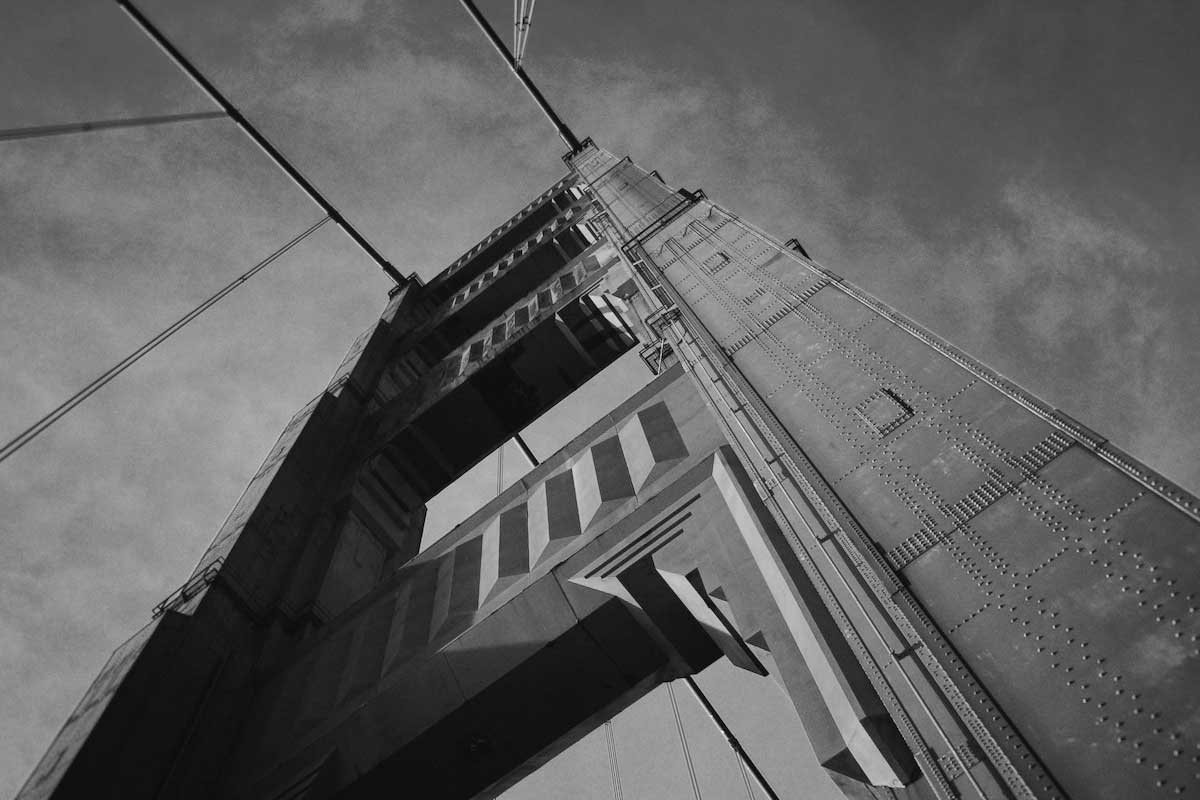
Was gibt es
Neues?
Blindtext seque labo. Et in con et aut denisquis dis unditam, sime doluptas modi ius quas reperib uscimolorit ullit labo. Et reri quiatem oditiae strumet qui ut utas eumquo essit et qui delecea veniendiorum et quiatempore, sit, nis et harupid ut ped eaque molumque esequat ustinulpa qui is dolor as dolo tem ut audaeca borehenia idenda qui cus, unt doluptate non re omniene mporers picident lit ipis mo exceaqui beratem et, comnimin nobitiae elluptatus.

Gemeinsam auf Wachstumskurs
Zwiesel/Regen. Ja, es gibt sie noch, die guten Nachrichten aus der heimischen Wirtschaft: Die IPROTEC GmbH, der Maschinenbau-Betrieb, der im Werkskomplex von Zwiesel Kristallglas angesiedelt ist, hat Arbeit zu Hauf. Dass die Auftragsbücher für die kommenden Monate schon gut gefüllt sind, wie Tobias Bredl, der Vertriebsleiter für Glasmaschinenbau, sagt, das hat quasi mit Nachbarschaftshilfe zu tun:
IPROTEC ist von der Regener Firma Schock mit einem Großauftrag betraut worden. Schon seit 2016 liefert das Zwieseler Unternehmen Fertigungsmaschinen für den großen Spülenhersteller in der Kreisstadt. Bisher gingen diese Lieferungen stets nach Regen, doch jetzt geht‘s nach Übersee: Schock will 2023 ein neues Werk in den USA eröffnen – und ein Großteil der Produktionsanlagen wird von Zwiesel aus auf die Reise nach Martinsville/Virginia geschickt werden: Zwei Dutzend Fertigungsmaschinen samt Halbautomatisierung und zwei so genannte Fünffach- Rührwerke, in denen die Gießmasse für die Kunststoffspülen aufbereitet wird, soll IPROTEC liefern.
Für das Regener Werk, wo Schock kräftig erweitert, sind mehrere weitere Fertigungsmaschinen und eine automatisierte Produktionsanlage beauftragt. Alles in allem haben die Bestellungen einen Kostenumfang im hohen einstelligen Millionenbereich. „Da haben wir uns gegen einige Mitbewerber durchgesetzt, darauf sind wir schon ein wenig stolz“, sagt Stefan Vogl, der Vertriebsleiter für Sondermaschinenbau bei IPROTEC. Und er vergisst nicht, den Geschäftspartner lobend hervorzuheben: „Es ist natürlich sehr erfreulich, dass Schock solche Aufträge in der Region hält – letztendlich sichert das hier Arbeitsplätze.“ Rund 150 Beschäftigte hat IPROTEC inzwischen, der Mitarbeiterstand hat sich seit der Umsiedlung des Unternehmens von Grafenau nach Zwiesel im Jahr 2011 rasant nach oben entwickelt. „Im Glasmaschinenbau sind wir international inzwischen die Nummer eins“, sagt Tobias Bredl selbstbewusst.
Allein bis Herbst 2023 wird die Firma zwei komplette Trinkglas-Produktionslinien für einen europäischen Hersteller fertigen, in Polen aufbauen und in Betrieb nehmen. Ein Auftrag im zweistelligen Millionenbereich. Und jetzt will IPROTEC auch im Bereich der Sondermaschinen deutlich zulegen. „Der USA-Auftrag von Schock ist für uns beim Sondermaschinenbau der Schritt auf den internationalen Markt“, verdeutlicht Stefan Vogl. Freilich, in diesen Zeiten ist trotz aller positiven Entwicklungen nicht alles so einfach: „Ein Riesenproblem sind mittlerweile die Lieferzeiten“, erklärt Tobias Bredl und führt dazu ein Beispiel an: „Heuer im Juni haben wir Elektrokomponenten für einige Maschinen bestellt, geliefert werden sie – Stand heute – im Oktober 2023.“ Der gesamte Markt sei gegenwärtig sehr unzuverlässig, das erschwere die Planung erheblich. Und weil sich die Preise quasi täglich änderten, sei auch die Kalkulation sehr schwierig. Dennoch ist Stefan Vogl zuversichtlich:
„Diese Probleme hat jeder Hersteller, und die Kunden wissen das auch.“ Der Schock-Auftrag sei zwar anspruchsvoll, „aber wenn die aktuell angekündigten Lieferzeiten eingehalten werden, schaffen wir das“, so Vogl. Alle Anlagen werden übrigens in Zwiesel aufgebaut. Die für Amerika bestimmten Maschinen nimmt der TÜV im Werk ab, und zwar nach den US-Bestimmungen. Dann werden die Anlagen abgebaut und beim Auftraggeber wieder zusammengesetzt und in Betrieb genommen. Wenn alles glatt geht, werden also im Laufe des nächsten Jahres täglich mehrere tausend Küchenspülen in Deutschland und Amerika vom Band laufen, für die wesentliche Vorarbeit in Zwiesel geleistet worden ist.

Gesellschaftliche Veränderung/Verschmelzung
Lorem ipsum dolor sit amet, consectetur adipiscing elit. Quisque tempor, mauris sed iaculis varius, felis ligula bibendum lacus, sit amet ornare felis leo sed diam. Integer commodo, justo eget iaculis egestas, mi lacus auctor odio, vel porta velit sapien a risus. Integer at aliquam leo. Nam accumsan diam odio, id mattis felis pulvinar vel. Integer magna sem, euismod et justo at, vulputate accumsan mauris. Aliquam blandit ac arcu vel ultrices. Curabitur ornare enim sem, vel pretium tellus blandit at.
Fusce vel fringilla quam, quis euismod ligula. Lorem ipsum dolor sit amet, consectetur adipiscing elit. In hac habitasse platea dictumst. Aenean semper arcu nec varius varius. Nam dui nibh, dignissim et rhoncus vitae, laoreet eget ante. In mauris eros, ultricies dignissim felis non, pretium interdum elit. Duis lorem libero, dignissim ac nisl ac, rhoncus convallis ante. Fusce tincidunt ex a erat maximus, vitae pellentesque eros iaculis. Maecenas pellentesque lorem ac neque mollis bibendum. Nullam et dui erat. Aenean et neque interdum, dapibus leo eu, rhoncus est. Mauris et vehicula arcu. Ut faucibus ultrices lorem id mollis.
Nullam augue diam, convallis ut nisl id, mattis fermentum justo. Sed vitae vestibulum diam. Suspendisse ac efficitur turpis, nec faucibus erat. Fusce lobortis neque non ante auctor, id fermentum nibh pharetra. Nullam luctus dolor erat, sed sagittis urna cursus eu. Sed posuere, neque et imperdiet auctor, felis sem eleifend quam, imperdiet eleifend dui ligula ut enim. Nam venenatis tempus enim, eget eleifend mauris semper vitae. Aenean lobortis finibus neque, in pretium elit ullamcorper et.
Fusce hendrerit nulla fermentum mi consequat, vel placerat metus vehicula. Vestibulum eleifend ut ipsum sed tincidunt. Vestibulum facilisis, elit nec lacinia blandit, lacus nunc lobortis odio, eget sollicitudin augue eros ac sem. Ut sodales dui at porta ultricies. Pellentesque ut euismod odio, sit amet viverra leo. Proin eu dolor libero. Vivamus eget ullamcorper diam.
Sed eu urna urna. Proin vel ex eu tortor iaculis interdum sit amet in eros. Suspendisse pulvinar purus dapibus, tempor elit a, maximus dui. Donec dignissim ante at maximus pellentesque. Integer bibendum malesuada justo, non interdum lectus fermentum vel. Maecenas est elit, aliquam non mi quis, egestas interdum lorem. Ut ac neque dapibus, semper augue in, pulvinar massa. In tempus, dui sed tristique aliquet, diam nisi elementum libero, vitae aliquam ipsum dolor id metus. Quisque rutrum nisl id libero dignissim, ut suscipit erat mollis. Maecenas consequat mi at augue semper, vel dictum erat egestas. Duis ac enim egestas, porttitor tortor eget, rhoncus metus. Vestibulum tristique gravida rutrum. Integer finibus arcu id tempus fringilla. In eu pulvinar sapien, at tincidunt tellus.
